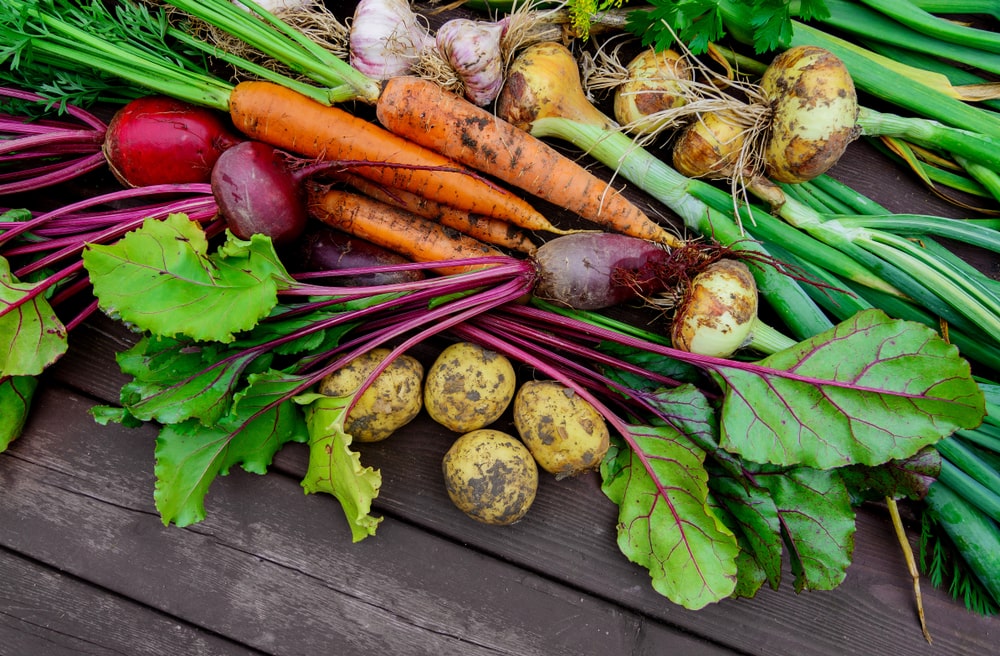Things to Keep in Mind for Your Fall Garden
If you are planting fall vegetables, you must fertilize the soil again. Your spring and summer vegetables have taken care of what you put down in the spring. Refresh your soil by putting down a couple of inches of compost, if possible, and using a good garden fertilizer. I usually use the Tomato-Tone that I have left over from spring.
Water Your Fall Garden
Ensure you keep your fall garden watered, even as we get into some cooler days. One good inch of water is usually sufficient once a week, but seedlings (with their tiny roots) will have to be watered more often. Try, if possible, to water early mornings so the foliage of the plants has a chance to dry before nightfall. This will lessen your chances of getting a fungal disease.
Few Fall Insects, Except…
You should have far fewer insect problems with fall veggies, except for cabbage worms, which LOVE cool-season veggies in the cabbage family—cabbage, kale, cauliflower, Brussels sprouts, and broccoli. The best way to deal with them is to pick the eggs and caterpillars off your plants when you see them and place yellow sticky traps in your garden to help catch the moths before they lay any more eggs. If you get them, Neem oil is an excellent organic spray for them.
No Fall Veggies? Plant a Cover Crop
If you are not going to plant fall veggies, consider planting a cover crop to enrich the soil over winter. Plant the cover crop in early to mid-fall and till that growth under in early spring, about a month before you plant your spring veggies. That tilled-under-cover crop will break down and enrich your soil.
Several plants make good cover crops: hairy vetch, red clover, buckwheat, rye, etc. I usually plant red clover because it also feeds late-season pollinators. You do want to cover crops before they set seeds.
Make Your Garden Even Better Next Year!
These are a few things you can do to help ensure that your spring/summer garden next year is even better than this year.

